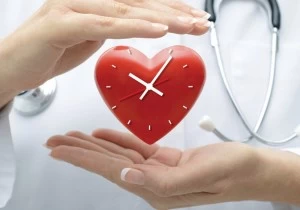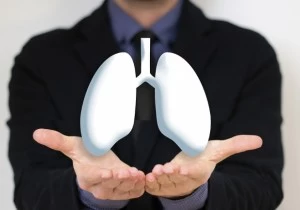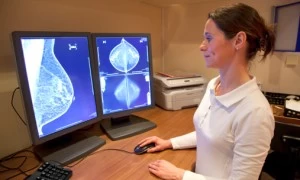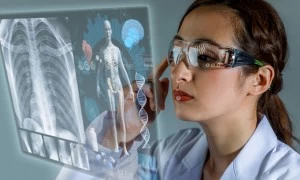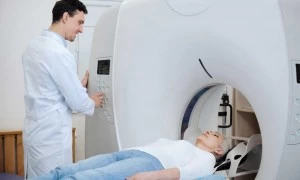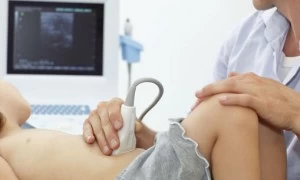Gynecomastia
What is Gynecomastia?
Gynecomastia is enlargement of the male breast due to growth of normal breast tissue. It is the most common disorder in the male breast. It may be detected incidentally at the time of a routine physical examination. Patients may experience a painful, tender mass beneath the nipple or a progressive, painless enlargement of the breast. Gynecomastia can be physiologic or due to underlying diseases, including medication effect. Physiologic gynecomastia has three distinct peaks in the age distribution: the neonatal period, the pubertal period and the elderly period.
Senior gynecomastia, which occurs in men older than 60 years of age, is common and thought to be secondary to a decrease in testicular function. This type of gynecomastia often regresses spontaneously within 6 to 12 months of onset.
Gynecomastia can be unilateral or bilateral. Patients with gynecomastia are generally asymptomatic, but breast tenderness, the symptom that usually causes the patient to seek medical attention, is reported in 20% of cases. Pseudogynecomastia, which differs from true gynecomastia, is enlargement of the breast due to obesity.
Conditions Associated with Gynecomastia
Predisposing conditions
- Estrogen excess/hormonal influences
- Nontesticular tumors
- Liver disease
- Androgen deficiency
- Aging
- Primary testicular failure
- Klinefelter syndrome (XXY)
- Secondary testicular failure
- Trauma
- Orchitis
- Cryptorchidism
- Hydrocele
- Renal failure
Drug-related conditions
- Drugs with estrogenic or estrogen-related activity
- Anabolic steroids
- Digitalis
- Estrogens
- Heroin
- Marijuana
- Drugs that inhibit the action and/or synthesis of testosterone
- Cimetidine
- Penicillamine
- Diazepam
- Phenytoin
- Spironolactone
- Drugs with unknown mechanisms for induction of gynecomastia
- Furosemide
- Marijuana
- Theophylline
- Tricyclic antidepressants




































